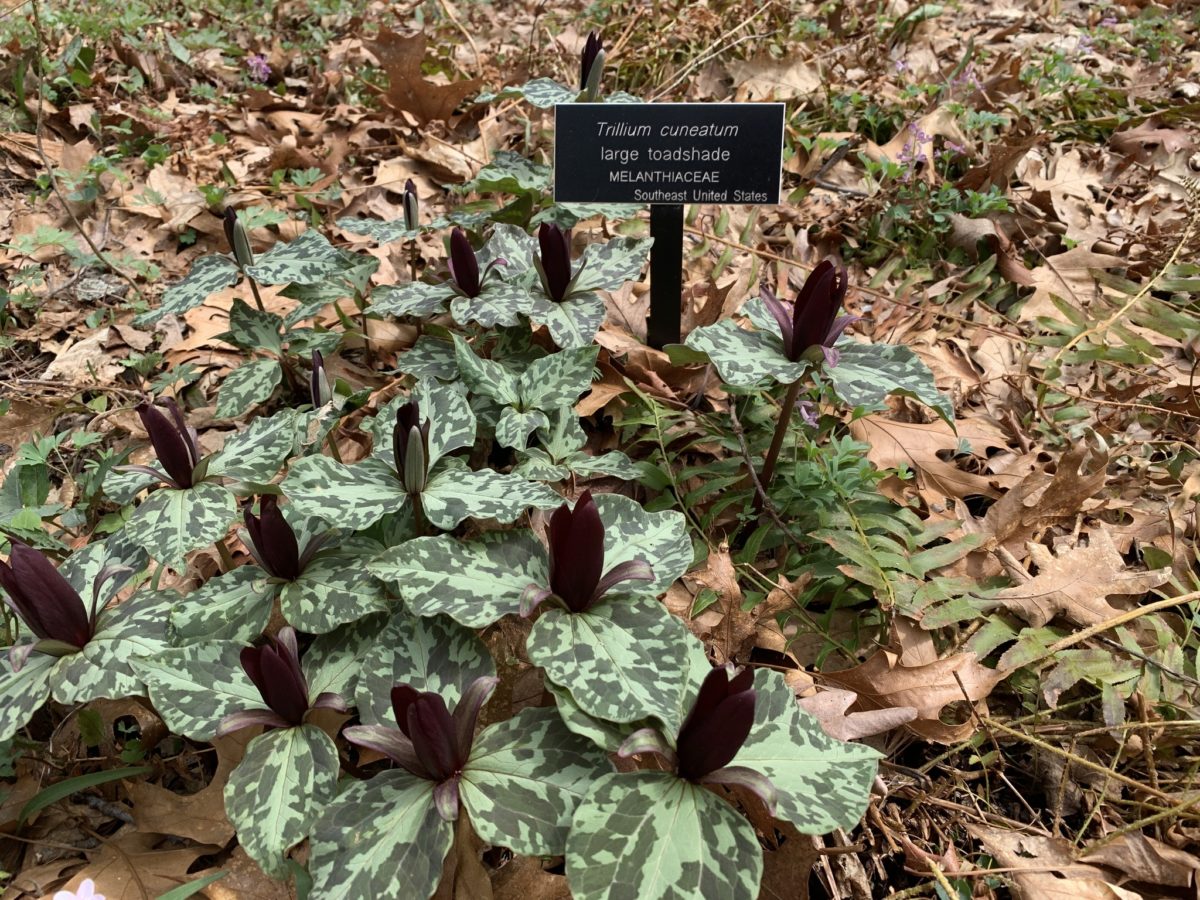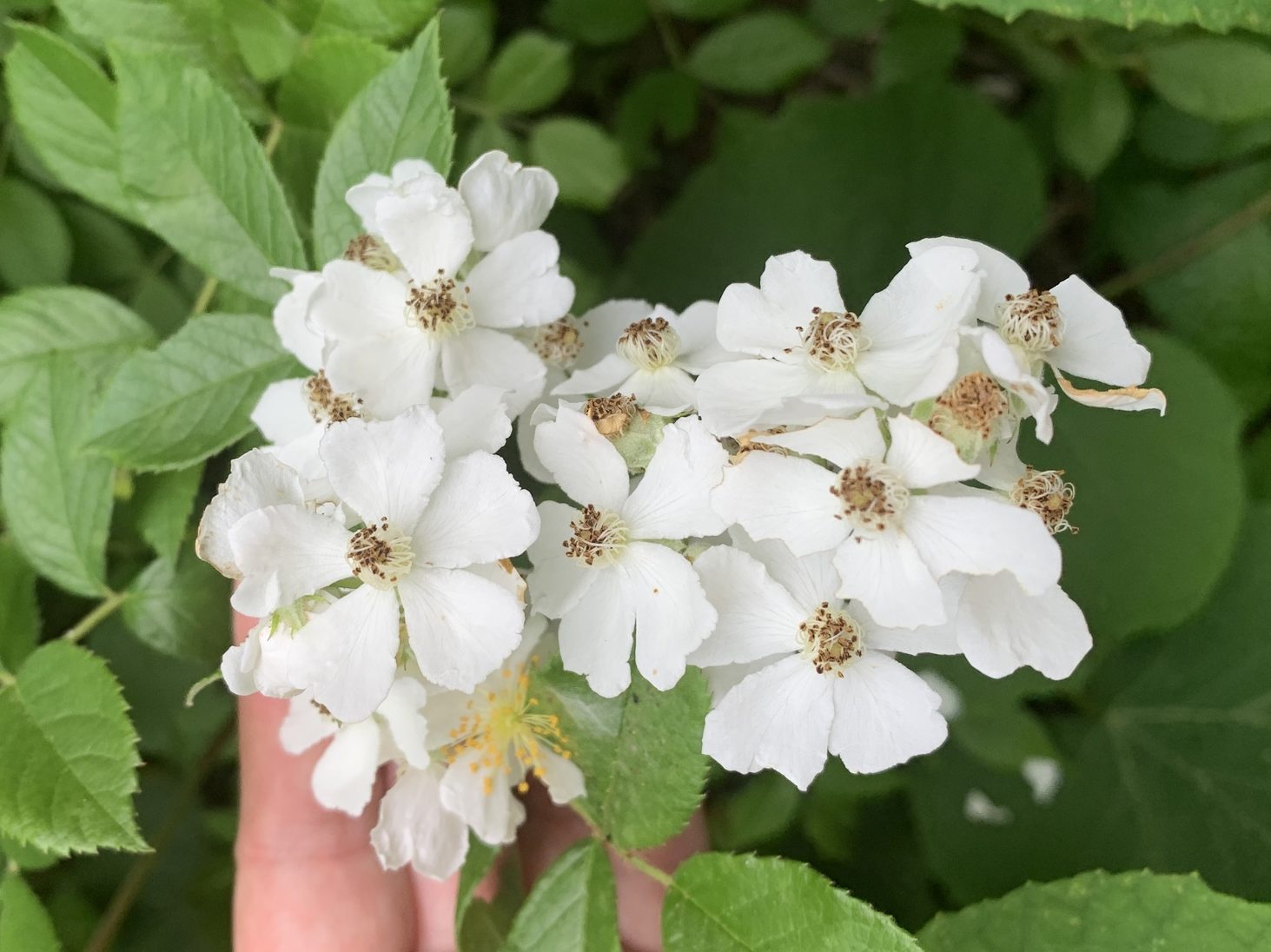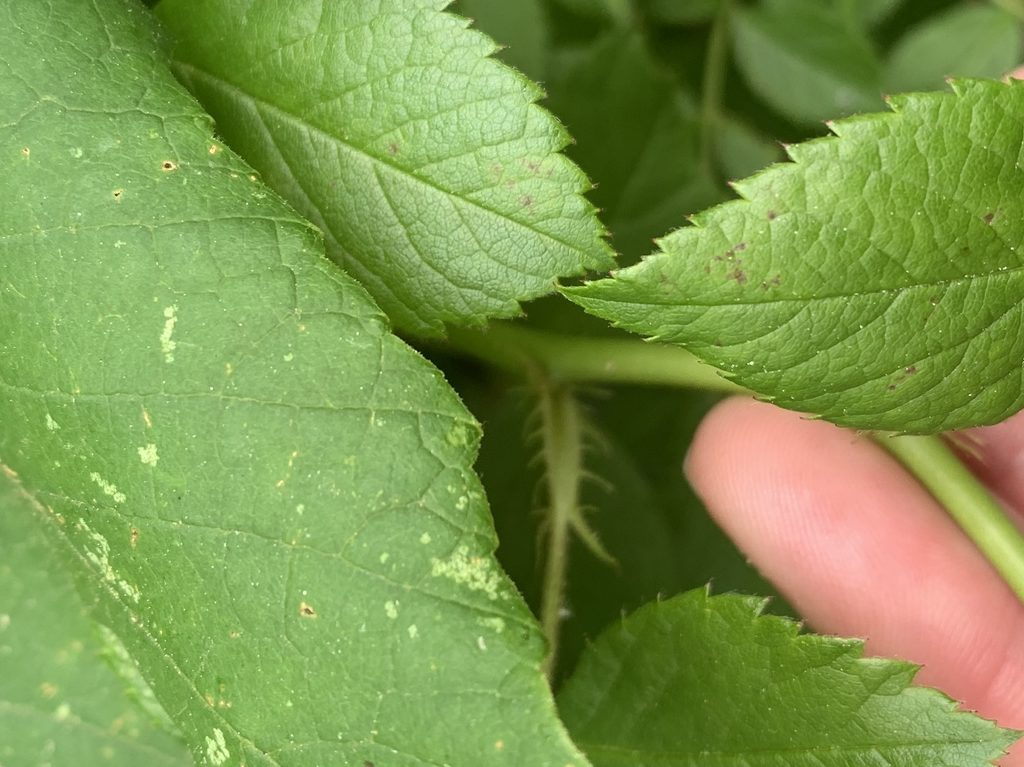Or: why I use iNaturalist.
I constantly see posts from my Facebook friends (and even in native plant communities) asking for recommendations on mobile apps to identify plants.
Inevitably someone will pop up with PictureThis, or Google Lens, or even Seek. But here’s why I use iNaturalist.org‘s mobile app.
Free
PictureThis is ad-supported if you don’t give them money. The premium version ranges in price from $30-$50/year, depending on plan.
The last thing I want when I’m in the woods is ads. And while I am willing to spend money for apps that are valuable to me, nothing I’ve seen has convinced me the IDs are any higher quality than what I can get for free with iNaturalist. It’s also more than I spend per year for, say, Zombies Run!, which IMHO gives a lot more content (hundreds, if not thousands, of adjustable length and intensity story-driven workouts).
Also, don’t quote me on this, but I would venture that PictureThis is taking an API and/or computer vision model that is available for free — potentially even the one collated by the California Academy of Sciences (see below) — and profiting off it.
I haven’t really played around with Google Lens, but I imagine it has the same problem as any Google product — if you’re not paying for it, then you are the product. Plus my experience with Google is that as soon as they decide they no longer want to develop a product, well, fuck you, even if it’s a product millions of people use. (Google Reader, I’m looking at you).
Scope of IDs
Look, you know me. If I could do nothing all day but touch plants, I’d be pretty happy.
But I also like spiders, and snakes, and mushrooms, and birds and mammals. I don’t call myself a real life druid for no reason; I observe any living thing that will stand still for long enough to get a picture of it.
(Also poop and dead things, too, because I’m classy like that).
On the other end of the scale, Google Lens will identify anything. But that has its limitations, too. It’s hard to get accurate predictions when your model includes every picture posted on the Google-curated internet. What happens when your plant happens to look like a snake — an example I came across recently? It’s not super helpful.
(In its defense have found it very useful for “hey I took a picture of this famous building in England and I have totally forgotten what it is, please help me, Architect Google!”)
Non-profit and mission-driven
Both Seek and iNaturalist meet the criteria above:
- They’re truly free
- They ID not just plants, but any form of life
But it’s more than that. Both are developed by the California Academy of Sciences, a non-profit organization with this mission:
The mission of the California Academy of Sciences is to regenerate the natural world through science, learning, and collaboration.
CalAcademy has a ton of different initiatives, but they are perhaps best known for their their computer vision algorithm tuned specifically to the natural world. That includes all kinds of life, from protists to blue whales!
Moreover, that model, like machine learning models everywhere, learns from user contribution. Those user observations are made available, for free, through the GBIF API, which is used by thousands of different organizations to conduct scientific research.
The way I look at it is: By using Seek or iNaturalist, you are contributing to the mission of regenerating the natural world.
Feels good, man.
Community science
So why choose iNaturalist over Seek? After all, the Seek app is definitely slicker of the two apps — it has gamification! By comparison, the iNat app looks clunky and buggy.
One big reason pertains to community/citizen science. When you observe something with Seek, it uses the CalAcademy CV model to identify your form of life, but it does not save that observation. You might learn from it — and certainly there’s value in that! — but you’re not helping the machine learning algorithm you know. Learn.
(For that matter, it’s debatable how much it helps you learn. I get a lot of value from going back through my old observations in iNat to remind myself where and when I observed something).
On top of that, Seek is pretty much just the CV model. Once you’ve made an ID, that’s it, you’re done. But on iNat, once you’ve made a preliminary ID, that’s where the fun begins.
See, once you’ve posted the observation, other people — real humans! — can come in and refine that ID. If you posted something that the CV could only ID to genus level, maybe some nice expert comes in and says, “hey you can tell X and Y species apart from the leaves; looks like X to me!”
When two other users confirm or refine your tentative ID to the species level, it is labeled “research grade.” Research grade observations are available in GBIF — helping science across the world! — and are used to train newer versions of the CV model.
And you are the expert! Know a lot about the trilliums of Massachusetts? Go identify trilliums! (That feature is website only currently. Alas). It’s yet another way you can use iNat to give back to citizen science.
Other nice to haves
- Since iNat is community supported, you can use it to ID, say, birds by song. I’ve had a lot of luck recording birdsong in a voice memo, uploading it to iNat, tagging it as class Aves, and letting the birders have a go. Birders on iNat are an enthusiastic lot, and usually I’ll have an ID within minutes.
- iNaturalist itself has an API (not the same as GBIF, I don’t think?) which allows you to write your own algorithm against iNat data. I’ve seen people use it to write nature quiz webapps; at one point in time I considered using it to answer the question of “how many taxa did I ID for the first time in 2020?”
- As I mentioned earlier, iNat is a website first, and an app second. Maybe this is a con for you, I don’t know. But when I’m, you know, IDing trilliums of Massachusetts, it helps to see them on a big screen with a keyboard that allows me to write comments and use shortcuts.
- Similar to what I mentioned above: Seek is video-based and real time; it does not save or import images to your photo app. iNaturalist can work on a live image, but most often I take the photos and ID them later.
Here’s a good comparison of the two apps.
Value to my life
This is unquantifiable, but in the early pandemic, iNaturalist saved my life. When I couldn’t go anywhere or do anything, I went to the woods. I took pictures, and I participated in socially distanced bioblitzes, and identified hundreds of species. I didn’t stop using it after the pandemic, either. I’m now up to over a thousand observations across three countries and two continents.
(“What happens when you reach 1000 observations on iNat?” my friend Scott asked. I replied: “They send you a letter informing you that you’re legally a nerd”).
Could another app have done this? Maybe. But for me, it was iNat.
tl;dr: this is why I use iNaturalist, and donate $10/month to CalAcademy, even though I absolutely don’t need to.
Have I won you over? Go download the iNaturalist app for iOS or Android!


